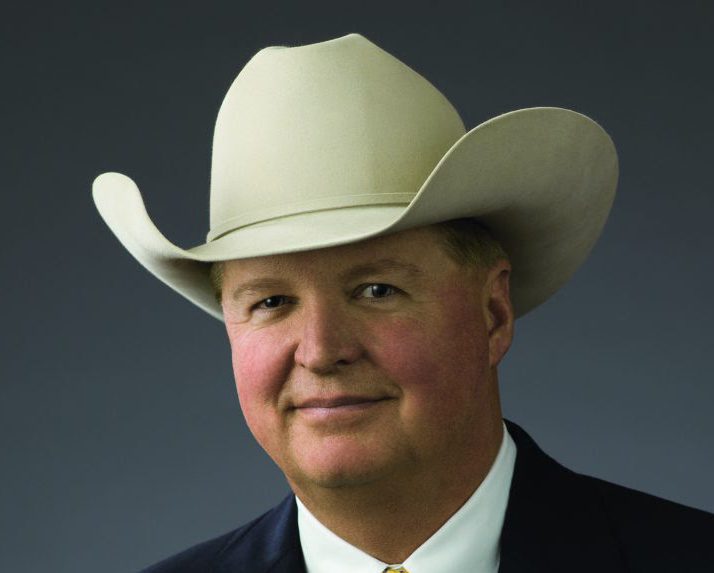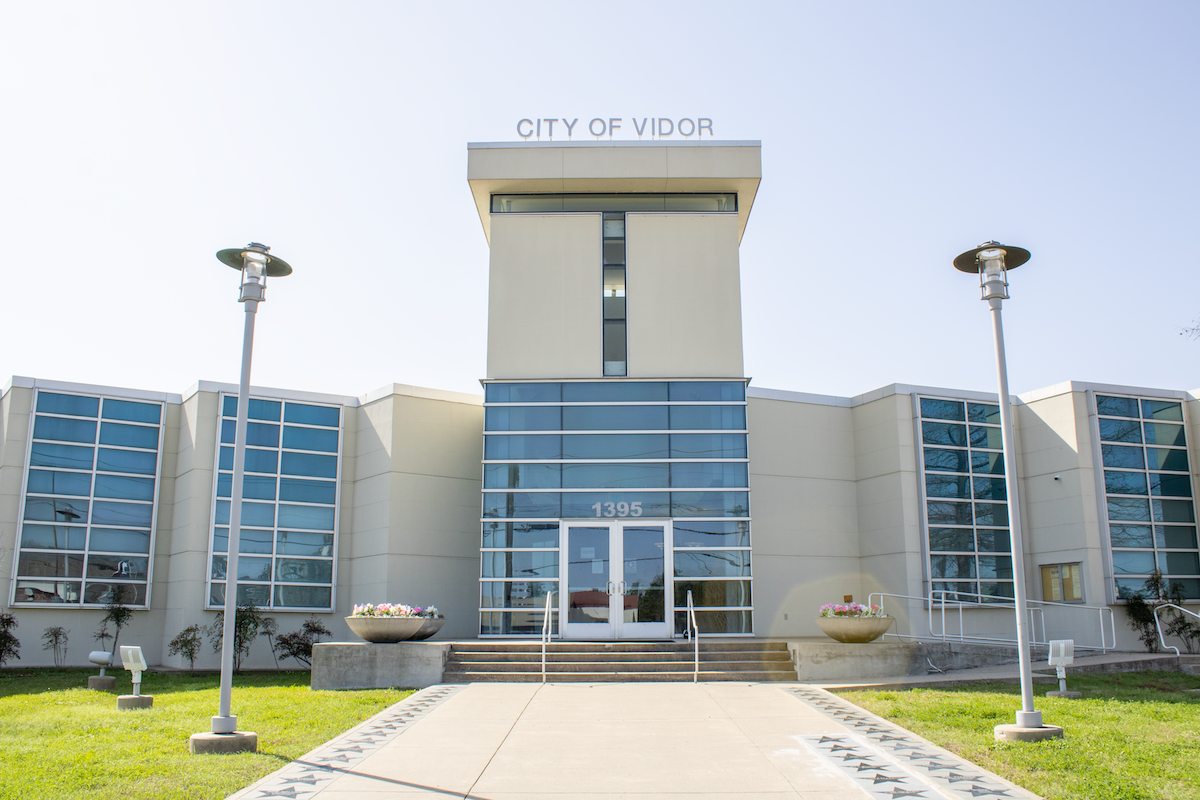What’s behind that recommendation to reduce red meat?
Published 12:00 pm Monday, April 15, 2019

- Dr. Richard Thorpe
By Dr. Richard Thorpe
Recommendations to adopt a plant-based diet seem to be aimed at the American public every day.
Livestock is blamed for harming the soil, water, and atmosphere and the incessant cautions about too much red meat in our diet make me wonder if these celebrities and “Green New Deal” politicians really think Americans eat off platter-sized plates heaped end-to-end with beef.
Instructions to reduce or eliminate red meat, particularly beef, from the diet are part of the one-size-fits-all solution prescribed on radio, TV, news entertainment and social media.
“Get enough sleep, exercise 150 minutes a week and avoid red meat,” seems to be the common slogan to create great health say these professional health commentators.
I agree that we need enough sleep, but I encourage my patients to exercise by doing something they enjoy and to eat a varied diet with a balance of protein and colorful fruits and vegetables. This is a prescription for overall wellness that just about anyone can do.
Beef is a nutrient-dense food that should be in our diets. A 3-ounce serving of lean beef provides 10 essential nutrients in about 170 calories, including high-quality protein, zinc, iron and B vitamins. There is not another protein source that offers that same nutrient profile. And, most people already consume beef within global science-based dietary guidelines.
As for the claims that livestock ruin the environment, consider what and where beef cattle eat.
In the face of a growing global population, we need ruminant animals, like beef cattle, to help produce more protein with fewer resources. Cattle can graze on pasture and rangeland that is too rocky, steep, or dry to be used for growing crops.
Ninety percent of what cattle eat is forage and plant leftovers that people cannot eat and would contribute to the growing problem of food waste.
Cattle expand the land available for human food production and do so while co-existing with their environment. Cattle also mitigate the risk of wildfires with their foraging and provide us with high-quality protein that plant-based proteins cannot.
Our beef carbon footprint in the U.S. is 10 to 50 times lower than other regions of the world because we have improved our productivity with advances in better cattle genetics and better animal nutrition. Did you know that in the U.S., the same amount of beef is produced today with one-third fewer cattle as compared to the mid-1970s?
Research published in the Proceedings of the National Academies of Sciences found that if all livestock in the U.S. were eliminated and every American followed a vegan diet, greenhouse gas emissions would be reduced by only 2.6 percent or 0.36 percent globally.
My medical education and life, in general, have taught me to look at medical news reports with a critical eye to discern the underlying motivation. Too often, closer scrutiny of the latest research brings its validity into question.
Before anyone considers completely eliminating a portion of food from their diet, I encourage you to check multiple respected scientific sources. Check with your own doctor for advice and evaluate the validity of the research.
Those who want to create change in our society have found that health scare tactics can be a useful tool.
Rely on sound scientific knowledge for your decisions about your diet and health. That is what we do at Texas and Southwestern Cattle Raisers Association (TSCRA) when we create a policy on issues important to cattle raisers. And that is what we will continue to do to defend and honor those who are the stewards of land and livestock.
Dr. Richard Thorpe, past president, Texas and Southwestern Cattle Raisers Association.
TSCRA is a 141-year-old trade association and is the largest and oldest livestock organization based in Texas. TSCRA has more than 17,500 beef cattle operations, ranching families and businesses as members. These members represent approximately 55,000 individuals directly involved in ranching and beef production who manage 4 million head of cattle on 76 million acres of range and pasture land primarily in Texas and Oklahoma, and throughout the Southwest.





